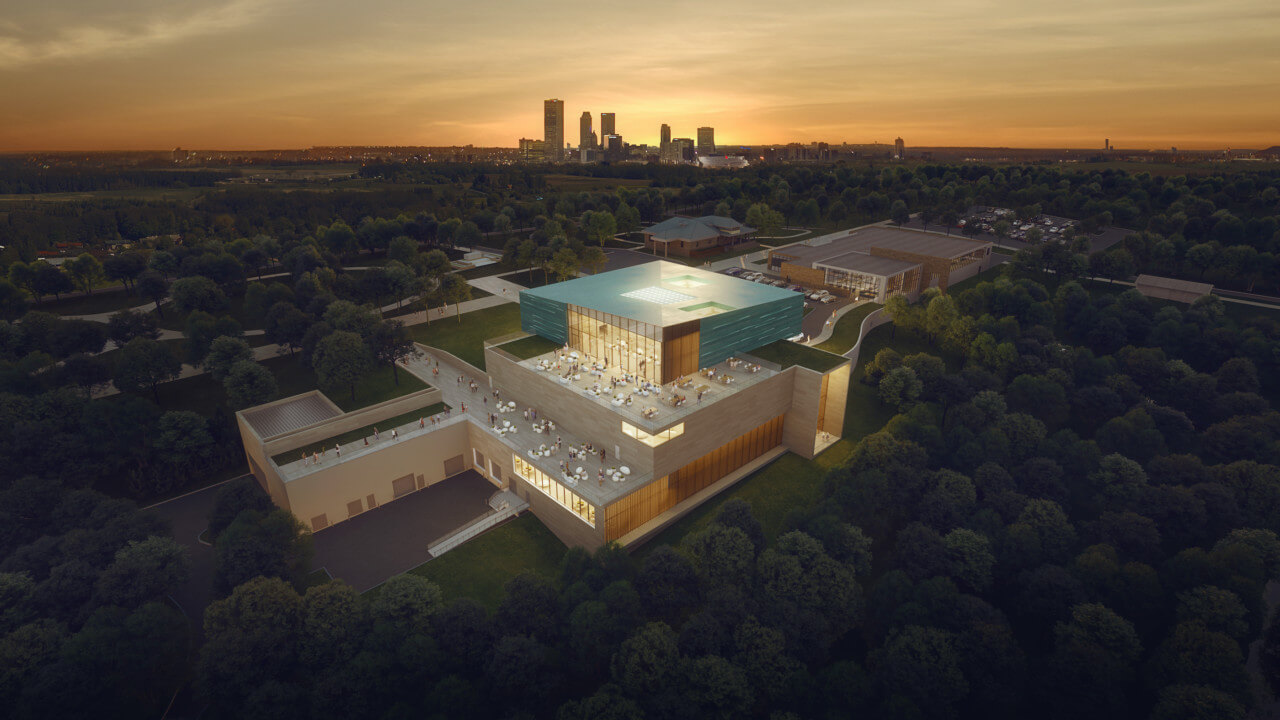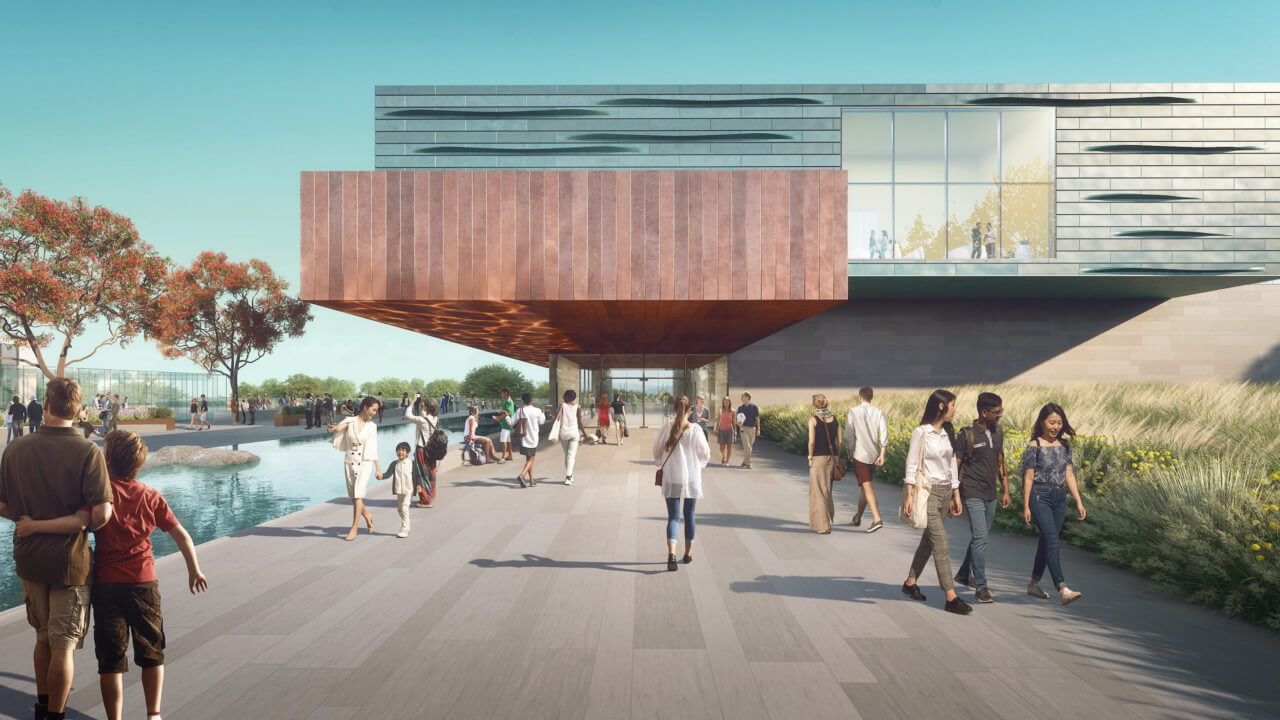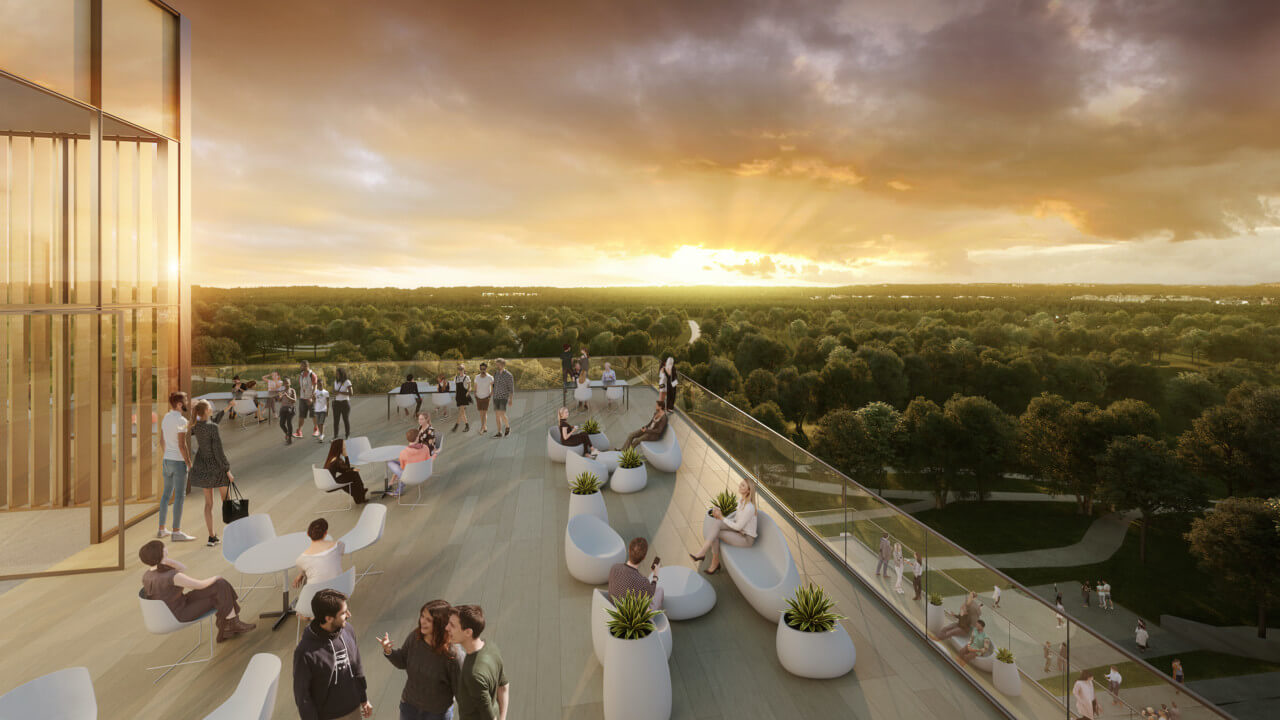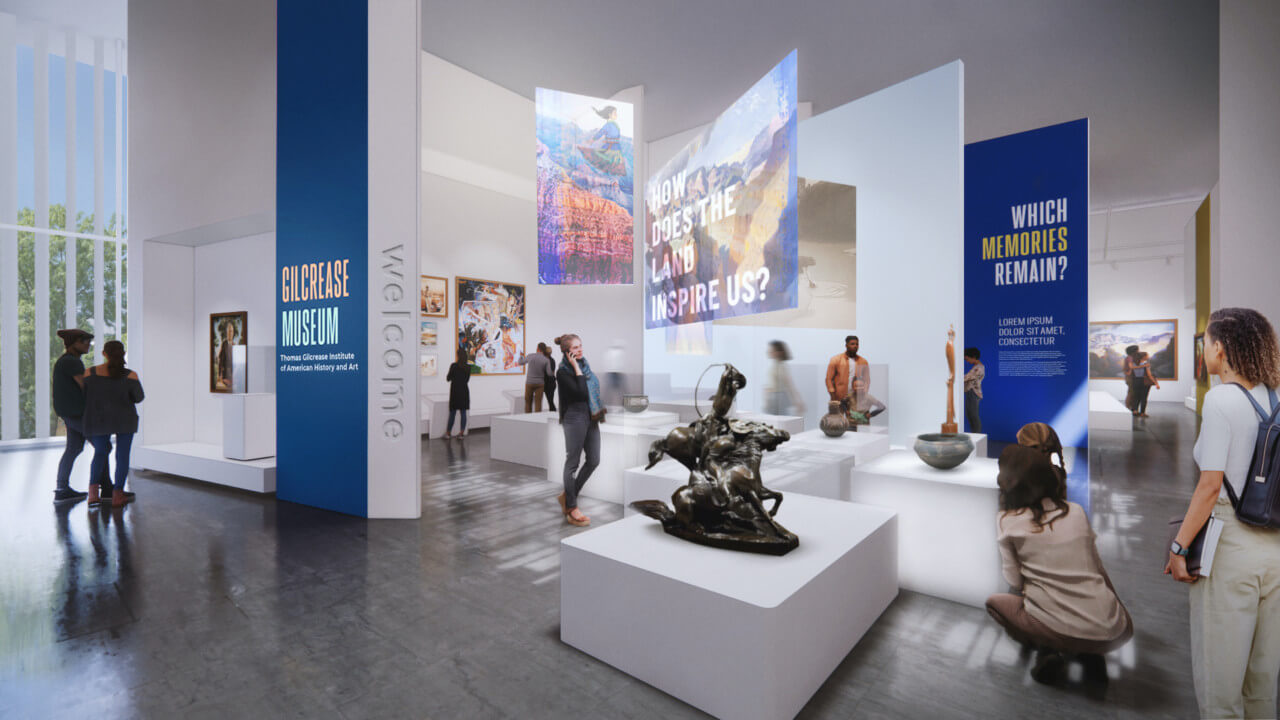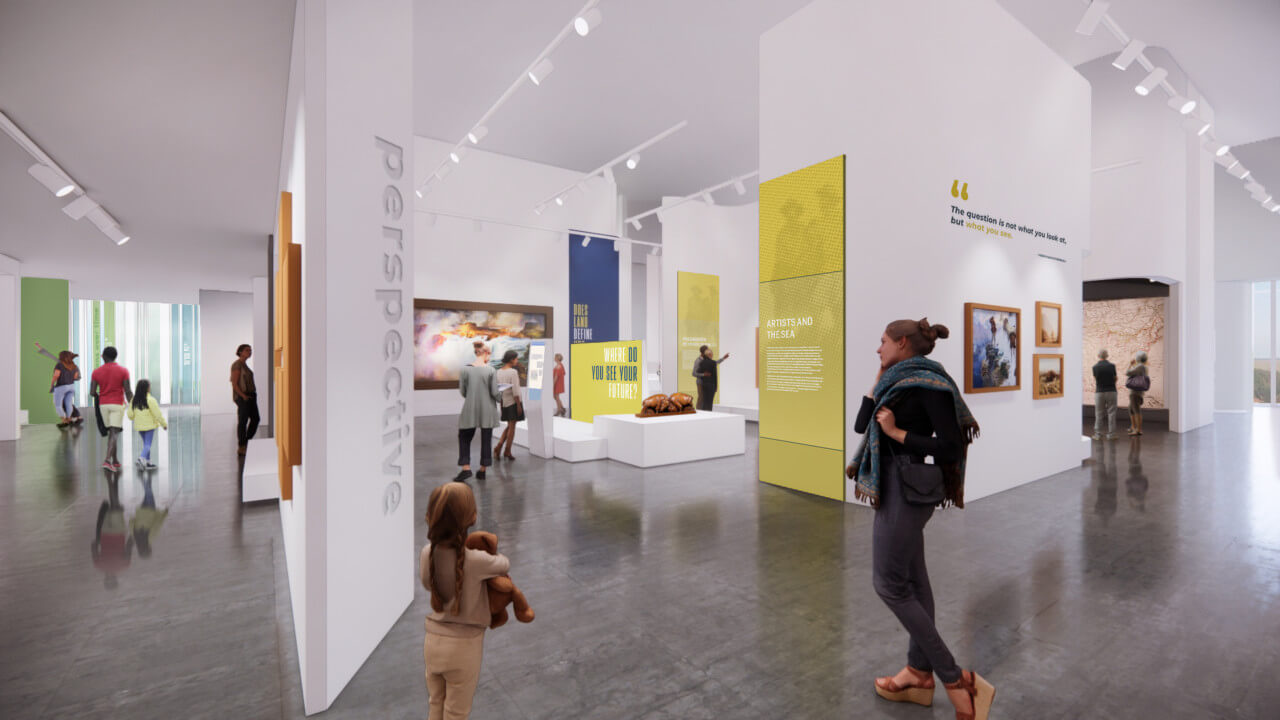On April 15, the Gilcrease Museum in Tulsa, Oklahoma, announced that it would be closing its doors to the public on July 5 to make way for completely new ones as part of a major $83.6 million rebuilding project.
That news, of course, was not unexpected. The ground-up transformation of the institution, home to the world’s largest collection of art of the American West and an extensive collection of art and artifacts from Central and South America, has been in the works for several years now. First originating as a potential modernization project, it was later deemed that demolishing the current museum and replacing it would ultimately be the more sustainable option: both less costly and able to better serve both the public and the museum’s collections moving into the future. The new building is slated for a fall 2024 completion.
While it’s been known for some time that the aging facility would be replaced, the highly anticipated design plans for the new Gilcrease Museum, led by SmithGroup, have been unveiled to the public for the very first time today now that the preliminary design process is finished.
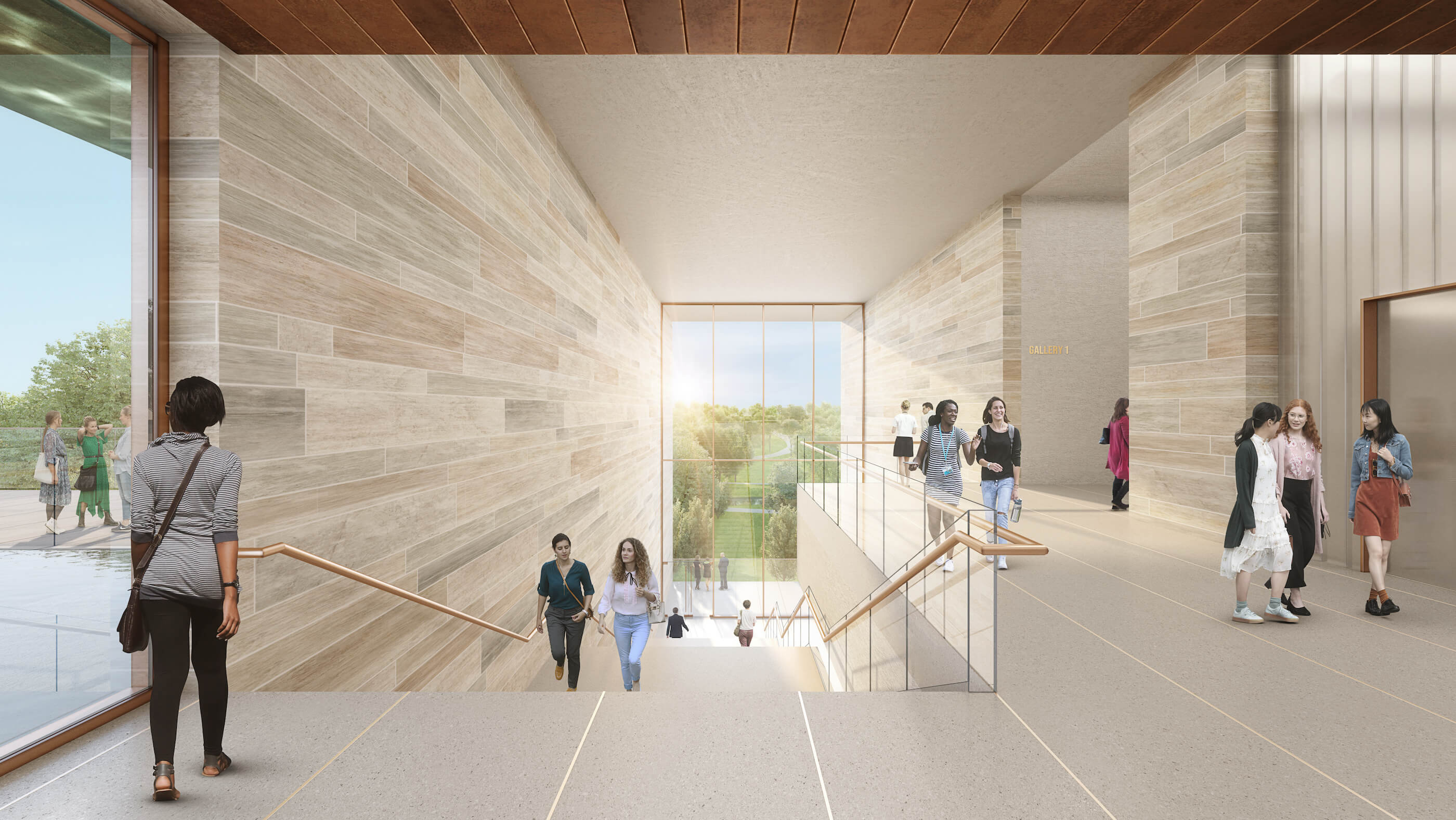
The timing of the reveal comes just days ahead of the museum’s extended closure, so that work on deinstalling the collection can begin ahead of the demolition and a planned winter 2022 groundbreaking. Earlier this week, the Gilcrease Museum, which is owned by the City of Tulsa and managed by the University of Tulsa through a public-private partnership, announced that it will host a final see-you-on-the-other-side community celebration this Saturday, June 26. The newly unveiled design will no doubt give attendees at the picnic-style shindig something to talk about while on the museum’s 460-acre campus in the Osage foothills just northwest of downtown Tulsa.
At 83,500 square feet, the new Gilcrease Museum will be markedly smaller than the existing one, a 134,000-square-foot structure built as a 1913 carriage house and subject to numerous expansions over the decades. With each subsequent expansion layered on, “different codes and standards for the care of the collection” were observed, according to a museum press release. The result is a building that, as it stands today, is decidedly all over the place when it comes to compliance, guest accessibility, and exhibition design. While comprising a smaller footprint, the new building will bring the Gilcrease Museum fully up to contemporary standards and ultimately be roomier than its predecessor. That’s thanks to a more efficient design that will allow for substantially more exhibition space for the permanent collection and traveling shows, as well as expanded, state-of-the-art storage facilities for the museum’s 35,000-item-plus collection of art and artifacts representing the history, art, and culture of the Americas.
The museum was first established in San Antonio in 1943 by art collector and oilman Thomas Gilcrease. In 1949, the growing collection, then composed largely of oil paintings depicting the American West, was relocated to Gilcrease’s sprawling estate in northwest Tulsa. Six years later, in 1955, Gilcrease deeded his collection to the city.
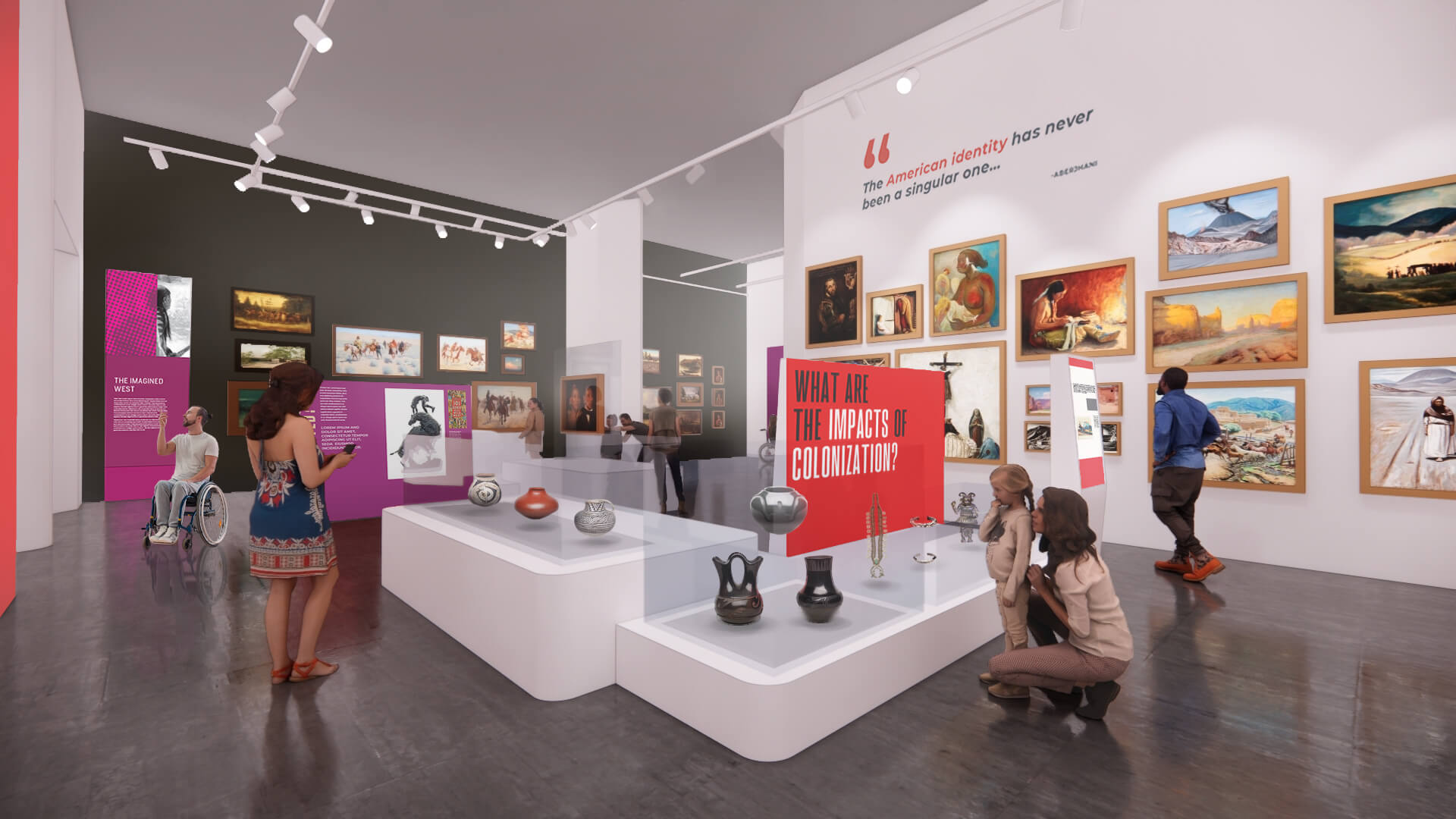
Located adjacent to the museum on the Gilcrease Museum campus is the Hastings+Chivetta Architects-designed Helmerich Center for American Research, a $14 million archival facility completed in 2014. It, along with the historic Thomas Gilcrease House and mausoleum and the museum’s 23 acres of themed gardens, will not be impacted by the demolition or construction work.
Joining SmithGroup, which was first tapped in 2019 by the citizen-led Gilcrease Vision Task Force to create a campus master plan, is museum planning and design firm Gallagher & Associates, which will oversee the new facility’s gallery and exhibition design alongside the Gilcrease curatorial team. (Another major in-the-works project for Gallagher & Associates is the revamp of the Cleveland Museum of Natural History, which broke ground today.) As noted by the museum, the new exhibitions will be organized around the themes of landscape and place; identities and communities, and healing and conflict, while an introductory space will orient visitors to the new exhibitions, enabling them to “move through the galleries at their own pace, using a variety of interpretive tools, including state-of-the-art technologies.”
“Our approach combines input from the museum team and the Tulsa community to ensure an inclusive visitor experience, with an emphasis on contemporary relevance of the Gilcrease collection,” elaborated Clare Brown, creative director for Gallagher & Associates.
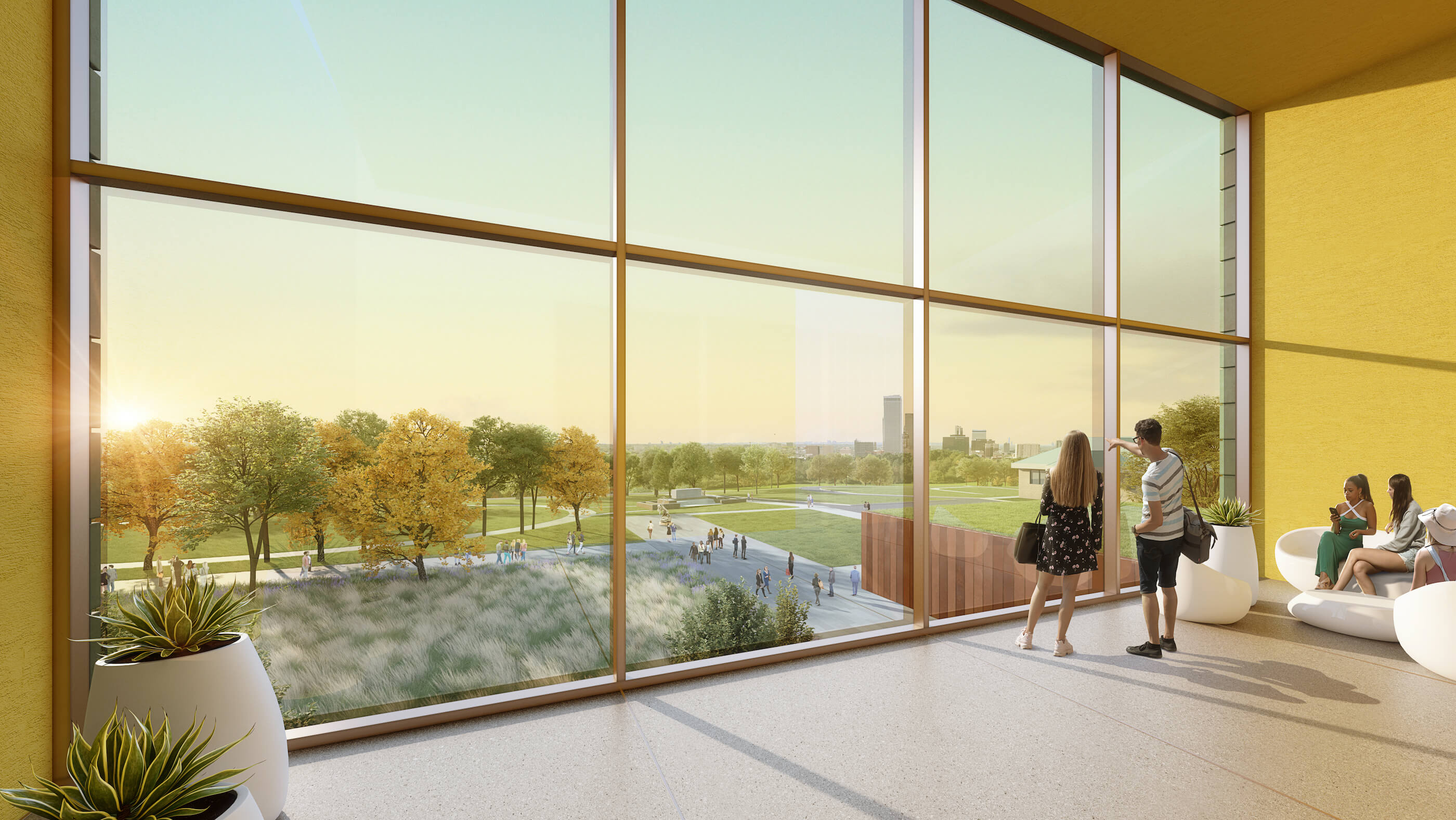
1Architecture and construction company Flintco, both Tulsa-based and both Native American-founded, round out the core project design team.
The new museum itself, a stacked boxy structure centered around a soaring three-story atrium, will orients visitors while framing views of the gently rolling surrounding landscape and the downtown Tulsa skyline beyond. The design intends to establish a deep connection with the natural world and the museum grounds, which are located within Osage National reservation boundaries. As the museum elaborated in its announcement, the building is “conceptually centered on reconnecting humankind to nature” and its design includes a number of references to Osage culture. For example, the new building was conceived to “align cardinal directions with natural elements and experiences: north/sky; south/earth; west/night; and east/day,” according to the museum. Additionally, the building’s upper levels will use sky tones while the lower levels will feature earth tones to representing a connection to the ground.
Meanwhile, the material palette, which will include stone and gilded metals, nods to Tulsa’s rich Art Deco heritage. (Tulsa, which flourished during an early 20th-century oil heyday, is home to a sizable collection of Art Deco architecture concentrated in the historic downtown Deco District.)
“It is important that the new Gilcrease Museum is of the spirit, history, and people of its place,” said Ivan O’Garro, lead designer for SmithGroup. “We are therefore weaving the naturally breathtaking landscapes with the phenomenal collection of art and the multitude of rich cultures present in this area of the country.”
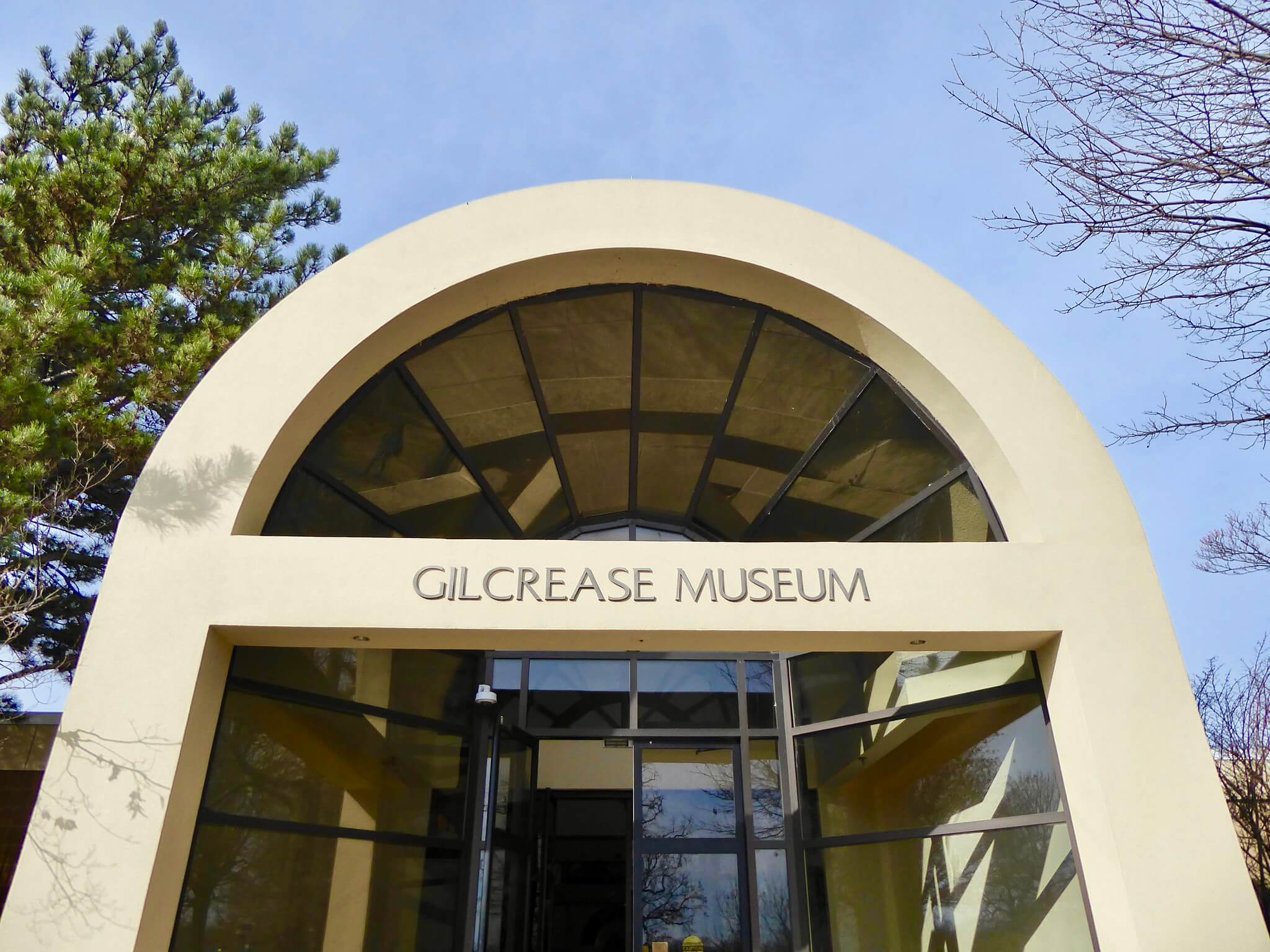
In addition to the new building that will anchor the Gilscrease campus, the larger transformation of the museum grounds includes new outdoor spaces, such as 13 miles of walking and cycling trails that, when completed, will link to a network of trails weaving throughout the city. Enhancing the grounds and creating new spaces for visitors to better connect with the landscape had emerged as a top priority during an 18-month-long series of community engagement sessions.
Per the museum, the design team will continue to adjust and refine the Gilcrease campus plans through consultations with tribal nations from Oklahoma and beyond and via input from a Community Advisory Council.
While the physical museum will be shuttered from July 5 onwards, the Gilcrease Museum will host a range of off-site and virtual programming while its new home is being built. Details on those exhibitions and events are forthcoming. Currently on view at the museum through July 4 is the special exhibition, Enslavement to Emancipation: Toward a More Perfect Union.
“Gilcrease and its collection are deeply rooted in the history of Tulsa, and also reveal national and international narratives that continue to touch our daily lives,” said Susan Neal, the museum’s executive director, in a statement. “Perhaps now more than ever, it is vitally important that we share these stories with as broad an audience as possible to help us better understand ourselves and one another, as well as introduce a new generation of visitors to the museum. The new Gilcrease will allow us to do just that.”






